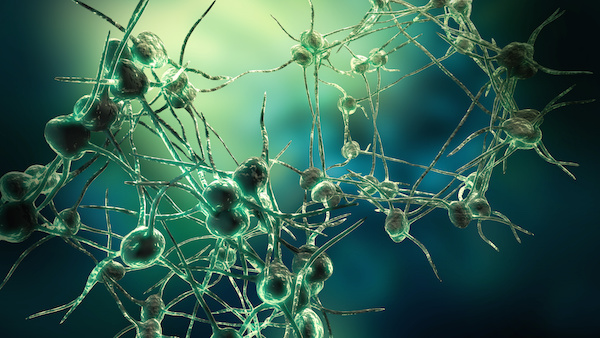
WEDNESDAY, March 9 (HealthDay News) — A newly identified toxin in spider venom may help lead to new ways to treat pain and disease in humans, scientists report.
Spider venom toxins help researchers learn more about ion channels, which control the flow of ions across cell membranes and play an important role in a number of biological processes and diseases.
In their research on the venom of the American funnel web spider, a team from the University of California at Riverside identified a toxin that acts on T-type and N-type calcium channels.
According to the researchers, the discovery of the toxin may provide a new target for studying T-type channels, which are involved in human conditions such as congestive heart failure, high blood pressure, epilepsy and pain.
The finding was scheduled for presentation Wednesday at the annual meeting of the Biophysical Society, in Baltimore.
“The blocking mechanism of the [spider] toxin is different from classical pore blocker toxins” and others, lead researcher Xiao Zhang, who works at the Del Webb Center for Neuroscience in La Jolla, Calif., said in a society news release. He added that it appeared to offer a new toxin blocking mechanism for certain ion channels.
“If we can develop a calcium-channel blocker based on this toxin, we could have a new way to identify how these channels work and develop drugs for treating pain and disease,” Zhang said.
Experts note that research presented at meetings has not been subjected to the same type of rigorous scrutiny given to research published in peer-reviewed medical journals.
More information
Consumers Union of the U.S. has more about calcium channel blockers.

